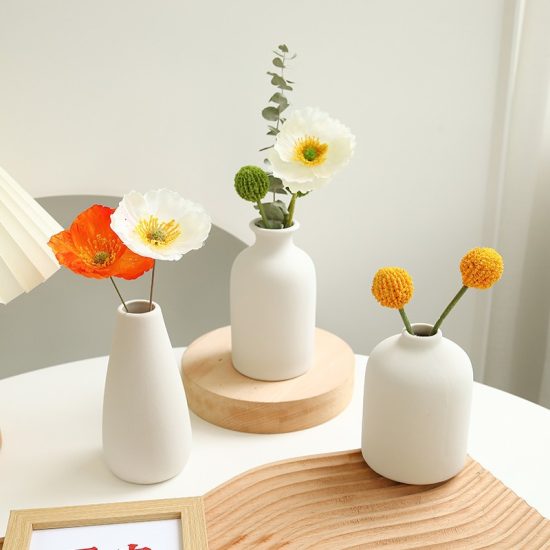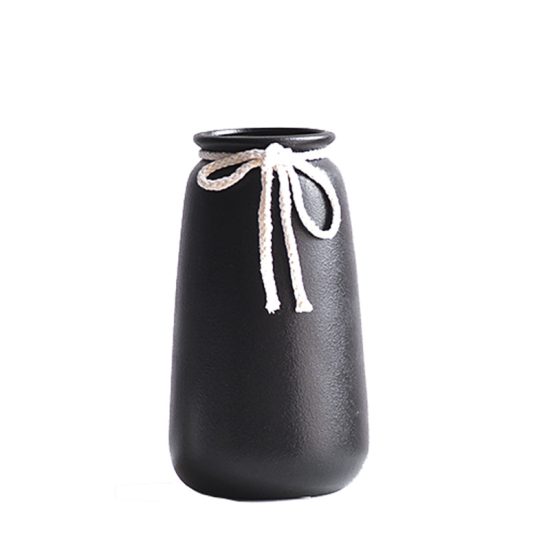Ceramic plates can contribute to sustainable living in several ways. Here are some ways in which ceramic plates align with sustainable practices:
- Reusability: Ceramic plates are reusable, unlike disposable paper or plastic plates. By using ceramic plates instead of single-use alternatives, you reduce waste generation and the consumption of valuable resources. This promotes a more sustainable lifestyle by minimizing the environmental impact associated with disposable tableware.
- Longevity: Ceramic plates are known for their durability and longevity. When cared for properly, they can last for many years, reducing the need for frequent replacements. This reduces the demand for new plates and decreases the amount of waste generated from broken or discarded tableware.
- Biodegradability: Ceramic plates are made from natural materials such as clay minerals, which are biodegradable. When ceramic plates eventually reach the end of their lifespan, they can break down naturally in the environment without causing long-lasting harm. This contrasts with materials like plastic, which can persist in the environment for hundreds of years.
- Reduced Energy Consumption: The production of ceramic plates typically requires less energy compared to the production of certain alternative materials, such as plastic or glass. Traditional ceramic plate production techniques, like firing in kilns, can be energy-intensive, but advancements in energy-efficient technologies and sustainable practices have been made in recent years.
- Local Artisan Traditions: Supporting local artisans and small-scale ceramic producers can contribute to sustainable living. By purchasing ceramic plates from local craftsmen, you support their livelihoods, promote traditional art forms, and reduce the carbon footprint associated with long-distance transportation.
- Eco-Friendly Manufacturing: Some ceramic plate manufacturers prioritize sustainable manufacturing practices. They may use eco-friendly glazes, implement energy-efficient kilns, or recycle and minimize waste during production. Choosing ceramic plates from such manufacturers supports their commitment to sustainable practices.
- Versatility and Multi-functionality: Ceramic plates can serve multiple purposes, reducing the need for specialized tableware. They can be used for everyday meals, formal dining, picnics, or even as decorative pieces. Their versatility allows you to minimize the number of different plates and utensils needed, simplifying your household and reducing resource consumption.
When considering sustainable living, it’s essential to note that ceramic plates, like any product, have environmental impacts associated with their production and transportation. However, their reusable nature, durability, and biodegradability make them a more sustainable choice compared to disposable alternatives. By using ceramic plates and adopting responsible consumption habits, you can contribute to a more sustainable lifestyle.


